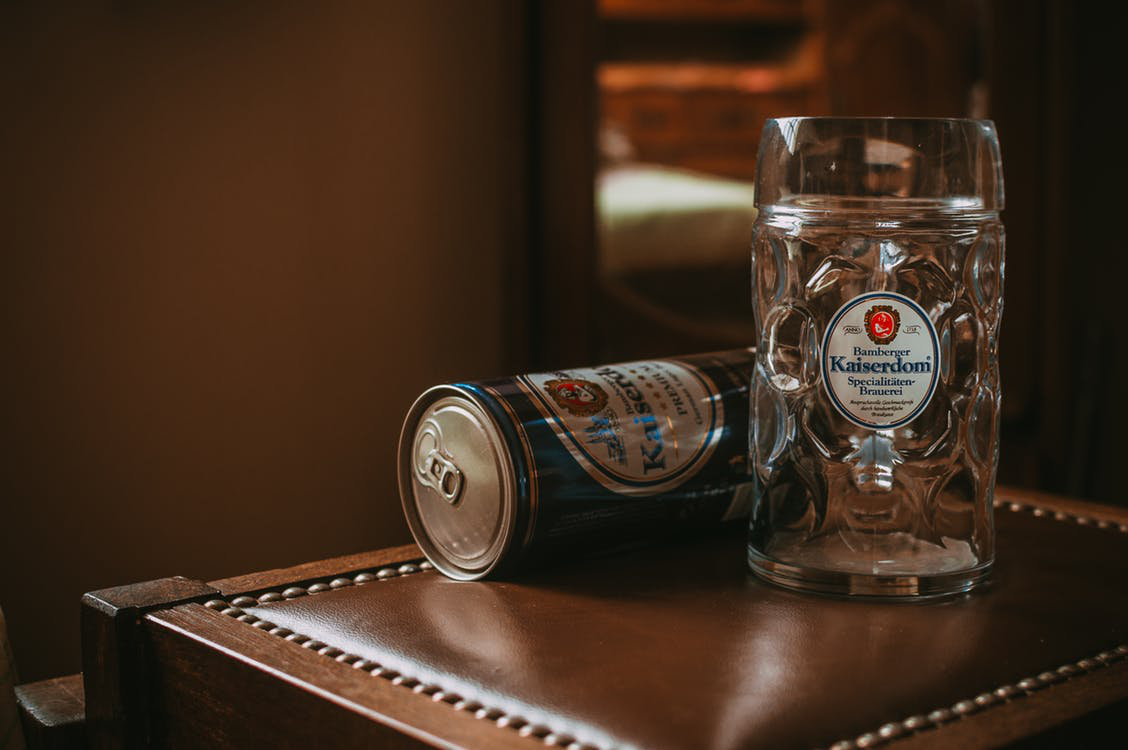Food Packaging: The Evolution of Metal Cans

Since the use of the first metal packaging, the food industry has gone through several changes in history. The driving force behind using metal for the commercialization of food products was industrialization.
Since the Industrial Revolution, there have been various key turning points that have led to the increased demand for packaging made from aluminum and other metals today.
Industrial Packaging Methods in Early Times
After the French and American revolutions, packaging methods started to become modern. During the 19th century, rapid advancements were made the factory machineries making the packaging process faster.
In the early 1800s, materials such as glass, tinplated iron and pottery were used to make food containers. In1813, the first commercial food canning factory launched in England. Foods including meats, fruits, vegetable and oysters were canned during this era.
In the 1830s, decorated tinplated cans started to gain popularity to pack cakes and biscuits. By 1875, tapered cans were invented and were widely used to can sardines and corned beef.
By the 1880s, a multitude of advanced machinery began to appear, and the first automatic canning machinery was invented in this era.
Metal Packaging in the 20th Century
With the emergence of a consumer-driven society in the early 1900s, newer inventions were introduced. In 1909, tuna canning started on the west coast of the United States. And by 1917, coffee cans with key openings were introduced.
Some of the major developments in food packaging in the 20th century before World War II included:
1926 — The debut of canned spam
1931 — Introduction of the electric can opener
1935 — Marketing of first beer can
In 1957, aluminum was introduced and metal cans became even more durable. A few years later, aluminum beer cans were launched, and in 1962, beverage cans with pull-tabs came in the market.
The Era of Sustainability
In 1970, the launching of Earth Day increased the practice of metal can recycling. Manufacturers began to use fewer materials to make metal cans lighter. By 1980s, aluminum was dominantly used to make metal cans due to its durability, recyclability and the ability to maintain longer shelf life.
In 1989, beverage cans with retained rings were introduced. This kept the aluminum material intact, allowing more metal to be available for recycling.
Throughout the 1990s, the packaging of metal cans was made more efficient and sustainable by downsizing the can ends and reducing the circumference size.

Several materials have been used over the last century by the food packaging industry, but metals including tinplate and aluminum have been the most popular option, due to their sustainability and reliable strength.
If you’re looking for top-quality packaging solutions for packaging food items, get in touch with Premium Vials! We offer a wide range of packaging options, including wholesale metal containers, amber glass jars, clear glass jars and a lot more. Give us a call at (888) 545-3117 for more information and discounts on our products.
Recent Posts
-
Why Should You Choose Amber Glass When Packaging Beauty Products?
Designing a line of beauty products is no simple task. So many details go into planning and crafting …7th Jul 2022 -
Candle Supplies - The Benefits of Using Tins for Your Candle Business
Candle business is a fantastic way to turn a hobby into an extra income stream. For those willing an …7th Jul 2022 -
Customize your packaging and protect your products during shipping
Customize your packaging and protect your products during shipping. Our custom partitions are made i …5th Jul 2022



